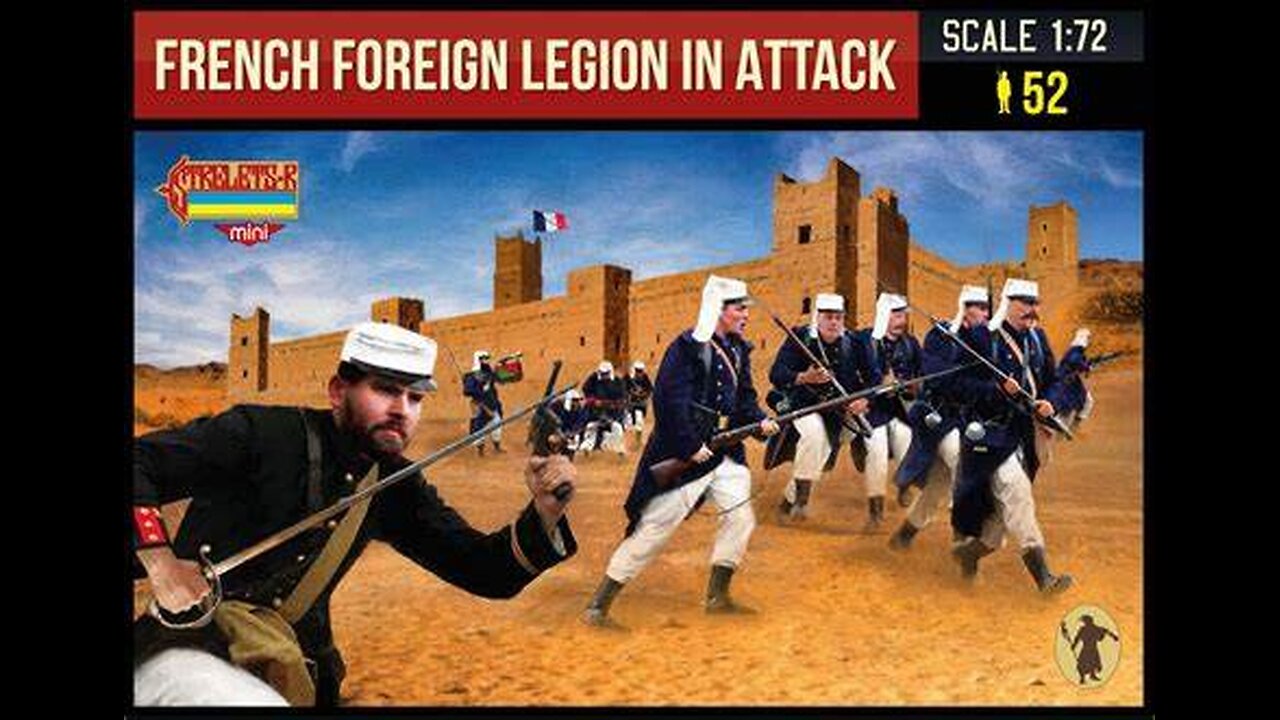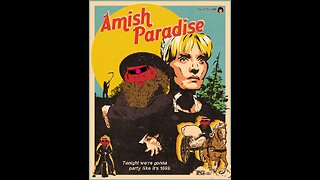Premium Only Content

Memories of an Exiled Berber
Rif War, (1921–26), conflict between Spanish colonial forces and Rif peoples led by Muhammad Abd el-Krim. It was fought primarily in the Rif, a mountainous region of northern Morocco. The war was the last and perhaps the most significant of many confrontations over the centuries between the Rif—the Berber peoples inhabiting the region—and the Spanish.
Background and context
The establishment of the French protectorate in Morocco in March 1912 resulted from the implosion of the Moroccan polity after decades of European interference in Moroccan affairs. In November 1912, owing to British insistence that a buffer be created between French North Africa and Britain’s strategic base at Gibraltar, the French granted Spain a protectorate “sublease” of 7,700 square miles (20,000 square km) along Morocco’s Mediterranean coast. That territory was contiguous with Spain’s long-established enclaves of Melilla and Ceuta and reflected Spain’s desire to reestablish a colonial presence after the humiliating losses of the Spanish-American War (1898).
Unfortunately for Spain, much of the protectorate was an inaccessible rural backwater of difficult mountainous terrain inhabited by dozens of Berber groups, known collectively as the Rif. Although those groups were nominally subject to the Moroccan sultan’s authority, most preserved considerable local autonomy and were absolutely opposed to being ruled by Spanish Christians. The Spanish government handed over the administration and “pacification” of the protectorate to the Spanish army. It was questionable whether that conscript force had the resources, leadership, training, and morale to carry out the charge effectively. Indeed, six years of subsequent military effort still left about three-fourths of the protectorate “unpacified.”
Frustrated with the situation, in 1919 the Spanish government authorized the protectorate’s high commissioner, Gen. Dámaso Berenguer, to step up efforts to bring more of the protectorate under Spanish control. Berenguer, based in the protectorate capital of Tétouan in the western part of the zone, was assisted in the east by his more-aggressive subordinate, Gen. Manuel Fernández Silvestre. Berenguer’s primary focus was to make cautious advances into the mountainous Yebala region and occupy the holy city of Chefchaouene. Fernández Silvestre’s chief objective was to secure the strategic Alhucemas Bay in the central Rif as expeditiously as possible and to pacify the Beni Urriaguel, the most-significant, bellicose, and independent group in the Rif.
D-Day. American soldiers fire rifles, throw grenades and wade ashore on Omaha Beach next to a German bunker during D Day landing. 1 of 5 Allied beachheads est. in Normandy, France. The Normandy Invasion of World War II launched June 6, 1944.
Britannica Quiz
A History of War
The Abd el-Krims were a leading Beni Urriaguel family, and they had collaborated for many years with the Spanish authorities in Melilla. That relationship ended abruptly in 1919 when the Abd el-Krims realized that the Spanish were intent on the military occupation and domination of their group. After his father’s death in 1920, Muhammad Abd el-Krim, a man of considerable leadership and organizational skills, along with his brother and other members of his extended family, undertook to galvanize his group and neighbouring peoples against the Spanish advances.
-
 2:45:19
2:45:19
TimcastIRL
8 hours agoTrump THREATENS 50% Tariff Increase After Market CHAOS, Tells China BACK OFF
228K103 -
 1:56:17
1:56:17
Badlands Media
14 hours agoBaseless Conspiracies Ep. 127: The Satanic Fed Op Behind 764, Pedo Networks & Psychological Warfare with Special Guest, BK
74.6K39 -
 1:05:32
1:05:32
Donald Trump Jr.
14 hours agoNews Not Noise, Live with Power the Future's Daniel Turner | TRIGGERED Ep.231
189K88 -
 28:01
28:01
Side Scrollers Podcast
6 hours agoNEW SERIES! Smash JT Has a Full-On Meltdown | Nerd Duel ft. Lady Desiree & You, Me & The Movies
35.9K2 -
 2:13:28
2:13:28
I_Came_With_Fire_Podcast
9 hours agoMEAD & MENTAL HEALTH WITH I CAME WITH FIRE AND VOC!!!
54.6K4 -
 1:10:04
1:10:04
John Crump Live
6 hours ago $5.56 earnedYes I talked To The ATF
41K3 -
 6:01:28
6:01:28
Amish Zaku
9 hours agoVerDanceKey Warzone - Birthday Fun
47.2K5 -
 5:15:22
5:15:22
NeoX5
6 hours agoKhazan: The Road Less Taken | Part 5-2 | Rumble Studio | Rumble Gaming
39.5K1 -
 LIVE
LIVE
TwinGatz
12 hours ago🔴LIVE - He Is Doing His Best | ARMA Reforger
756 watching -
 54:40
54:40
LFA TV
16 hours agoSee God in the Trade War | TRUMPET DAILY 4.7.25 7PM
65.1K15